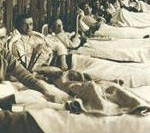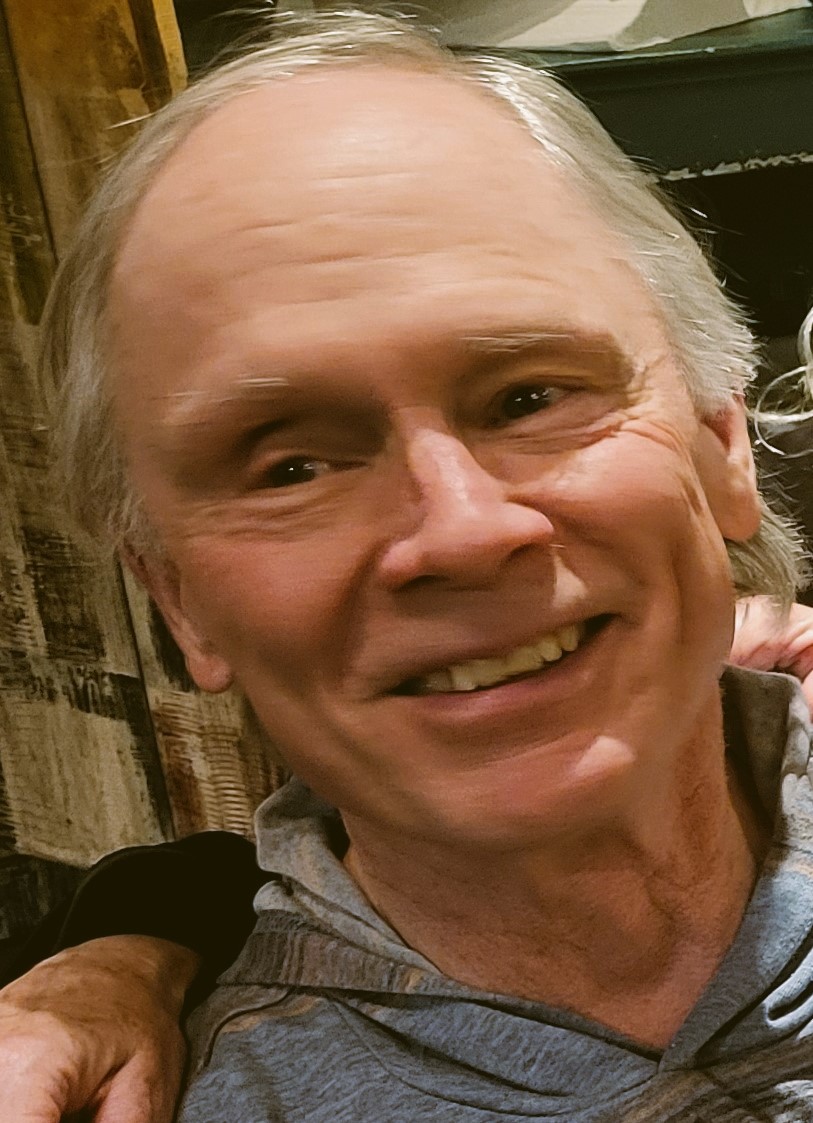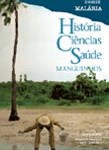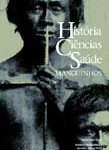The idea that personal archives are compiled over time, in an almost natural manner, by the accumulation of papers that the owners of these archives set aside because they consider them important for their biography or as having legal value, is being challenged by the researcher at the Research and Documentation Center of Brazilian Contemporary History (CPDOC), of the Getulio Vargas Foundation, Luciana Heymann, after researching the Darcy Ribeiro archive, which was the basis for her doctoral thesis in Sociology.
Luciana’s interest in archives began many years ago, when she joined CPDOC, where, among other activities, she is dedicated to collecting, preserving, organizing and granting access to personal archives of public men who featured in the Brazilian political scene in the twentieth century. When delving in these archives in order to organize them, the researcher gradually developed a keen eye for the characteristics of each collection from the ordering of the documents to the motivation to donate them and the role of institutions in the transformation of archives into research sources. Her subjects of research are the stories “encoded” in the archives, and not only the stories “reported” by the documents contained in them.
Darcy Ribeiro (1922-1997) was an noteworthy public figure, who amassed a bulky archive and set up a foundation to give continuity to his projects. The archive was not originally conceived by Darcy to become an asset of the Darcy Ribeiro Foundation (Fundar), unlike his library, considered an important source for those wishing to understand his intellectual output. Research shows that the archives had other meanings to the creator, serving more as an ongoing work agenda than as a depository of accomplishments. For Darcy, the archive was the instrument for the realization of what he referred to as his “doings.”
The role of the archive in preserving the memory of Darcy after his death is also examined in the article, which scrutinizes the uses given to the documents by the managers of Fundar. Thus, both the construction of the archive by Darcy and also the uses to which it was subsequently put as an institutional asset are analyzed. The conclusion points to the fact that the papers or the “documental memoirs” are the result of social processes that unfold in multiple time frames and in which various agents interfere. Even the personal archives, which refer to the trajectory of a single individual, are the result of a collectively articulated production process.









